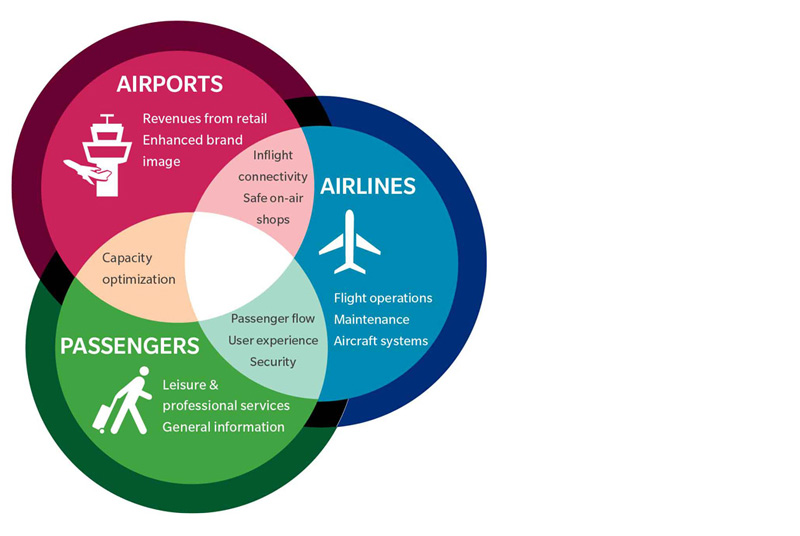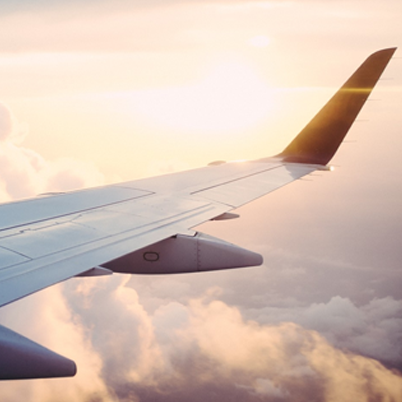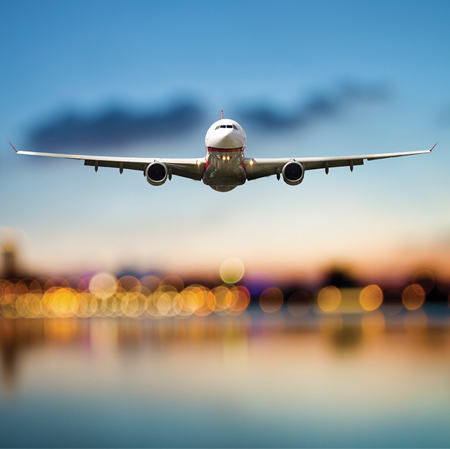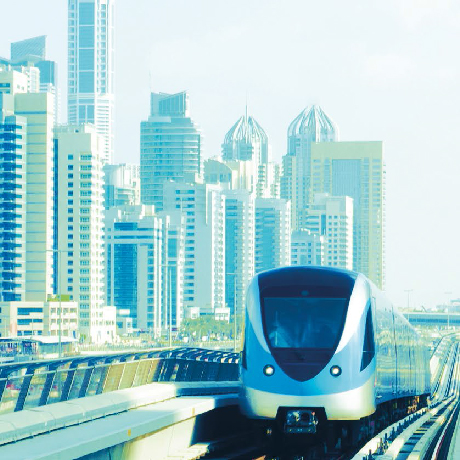While currently only about one‑tenth of the global fleet is made up of these technologically advanced aircraft, in a decade more than half of it will be. By 2026, annual data generation should reach 98 billion gigabytes, according to a 2016 estimate by Oliver Wyman. The newest generation aircraft by then will be spewing out between five and eight terabytes per flight, up to 80 times what older planes today generate. Yet, airlines and airports still have only limited capacity to process this trove of information and use advanced analytics and artificial intelligence to help inform operations and maintenance – and almost never in real time. Discussing the connectivity of a plane usually revolves around whether passengers can get WiFi signals that let them do their work or stream their favorite entertainment. While this is no small amenity – with 85 percent of passengers saying they would connect to free Internet if available – the potential of connectivity could extend so much farther.
This new connectivity and advanced analytics could mean significant savings for airlines. We estimate that they can save between two percent and 2.5 percent of total global operating costs, which translates to something between $5 billion and $6 billion annuallySebastien Maire, Partner
With the data provided by the newest aircraft, fuel consumption, crew deployment, and flight operations could be optimized to account for varying conditions; maintenance could anticipate when parts need replacing; air congestion could be reduced; flight routes could be altered well in advance of takeoff to avoid storms; systems could back up pilots by handling routine cockpit tasks; and passengers could be kept informed about schedules and options from the minute they leave their home for the airport. It would make the planes easier to fly and maintain and more efficient. It also may reduce crew fatigue with more precise scheduling to help fill in the gaps from anticipated pilot shortages. Ultimately, the data could help with the next iteration of aircraft and systems by providing information about how their design and manufacture could be improved.
The connected services will revolutionize the entire air transport eco system

Source: Oliver Wyman analysis













